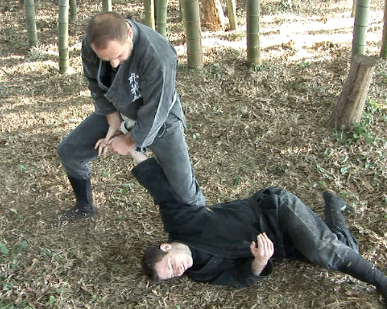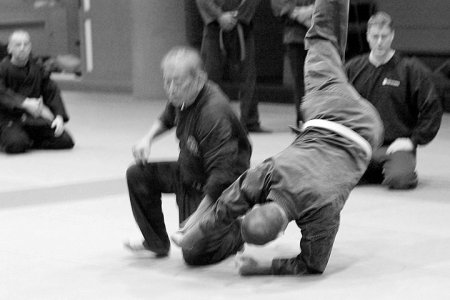Duncan Stewart Kashiwa Budo Dojo Website � Toku Bu Ryu Sui Dojo
From blogurl:tazziedevil.wordpress.com - Google Blog Search by Duncan Stewart
Full Story Share ThisClose Bookmark and Share This Page Save to Browser Favorites / BookmarksAskbackflipblinklistBlogBookmarkBloglinesBlogMarksBlogsvineBuddyMarksBUMPzee!CiteULikeco.mmentsConnoteadel.icio.…

